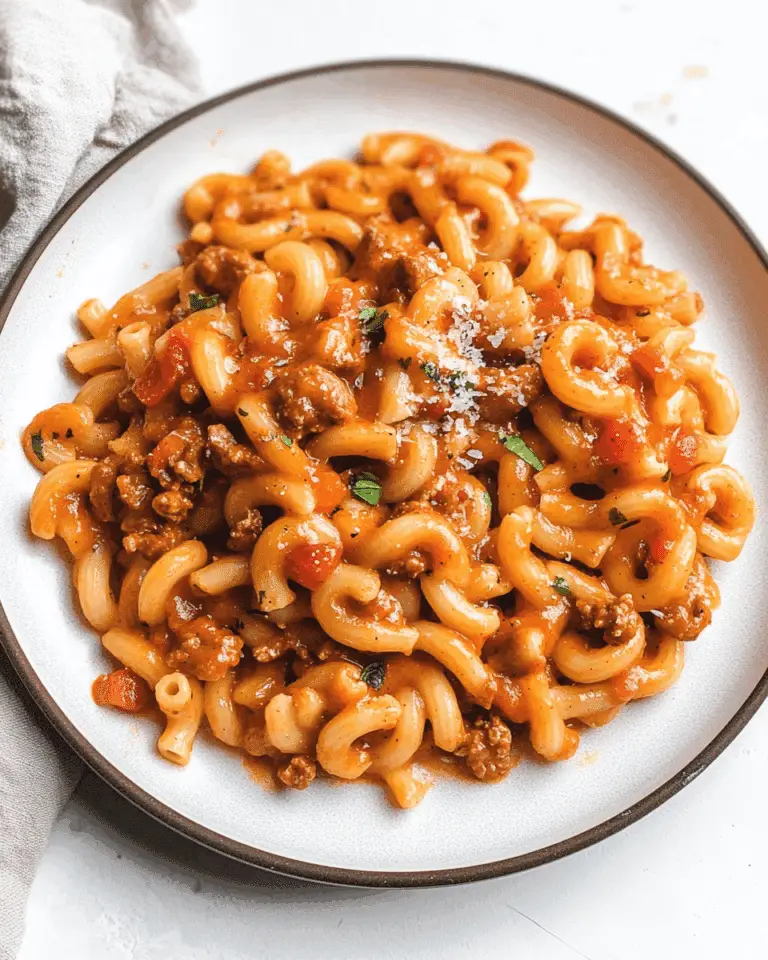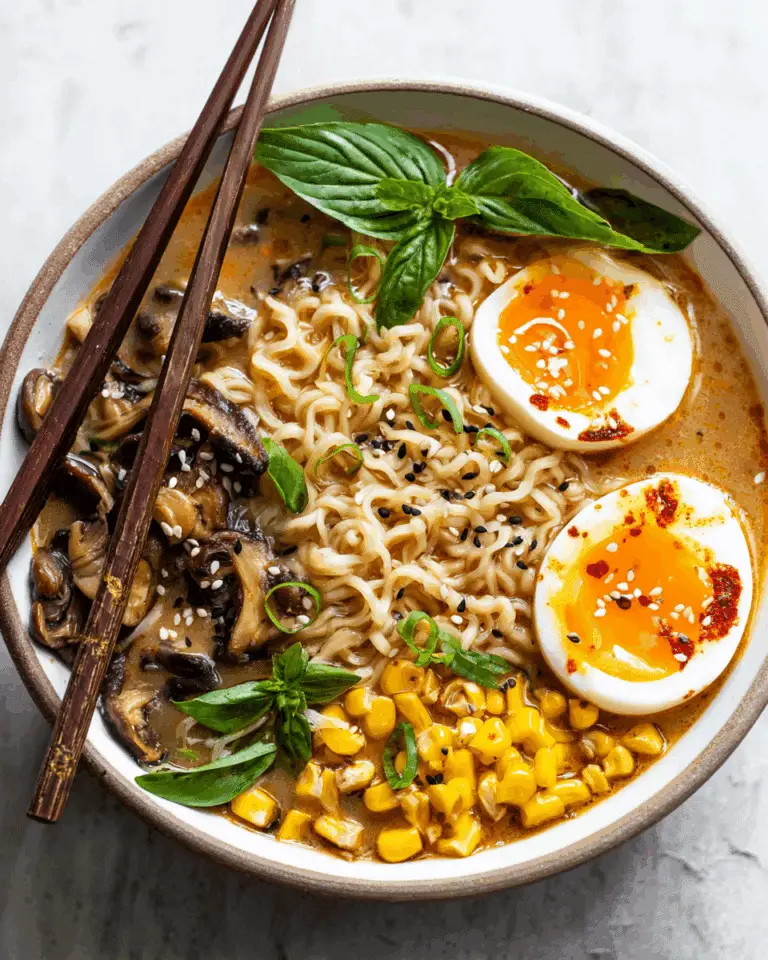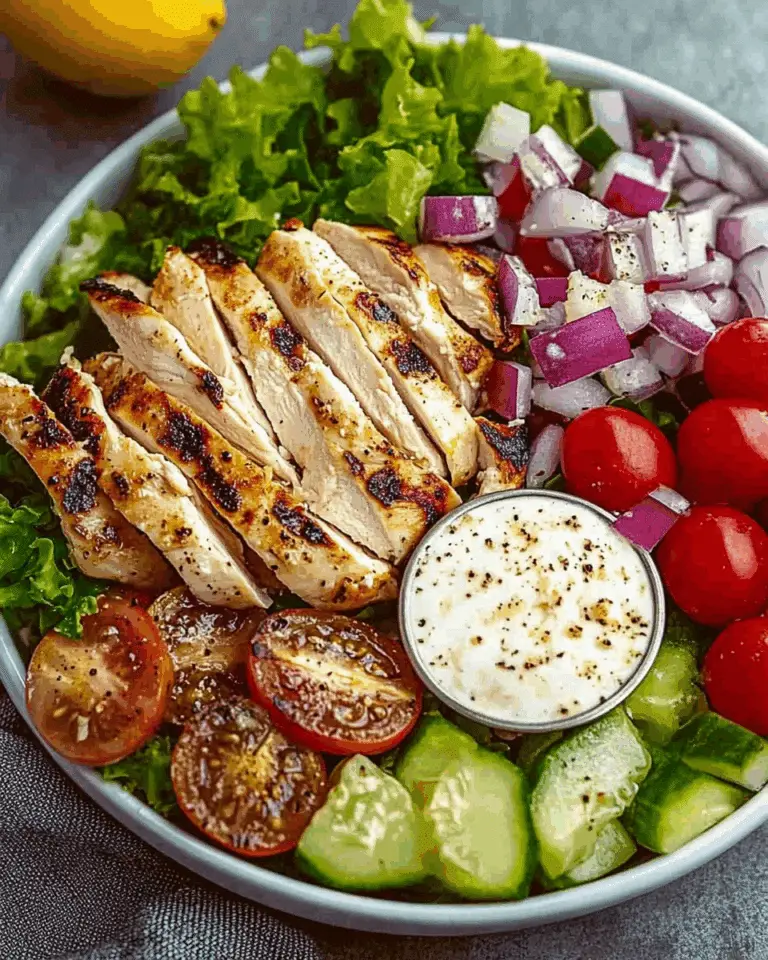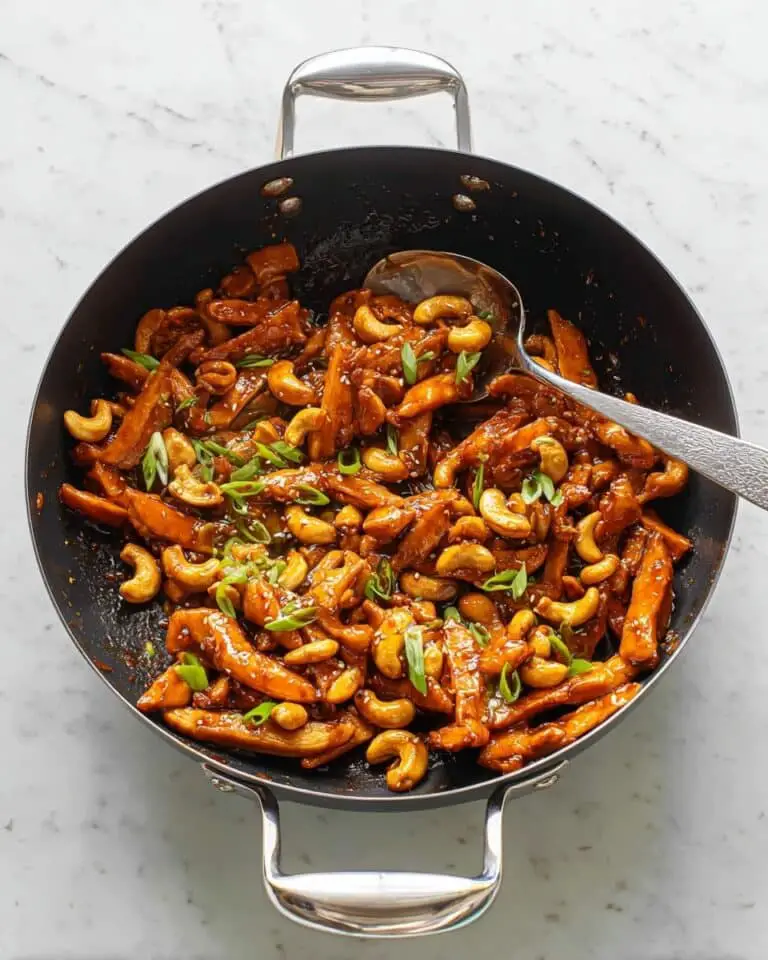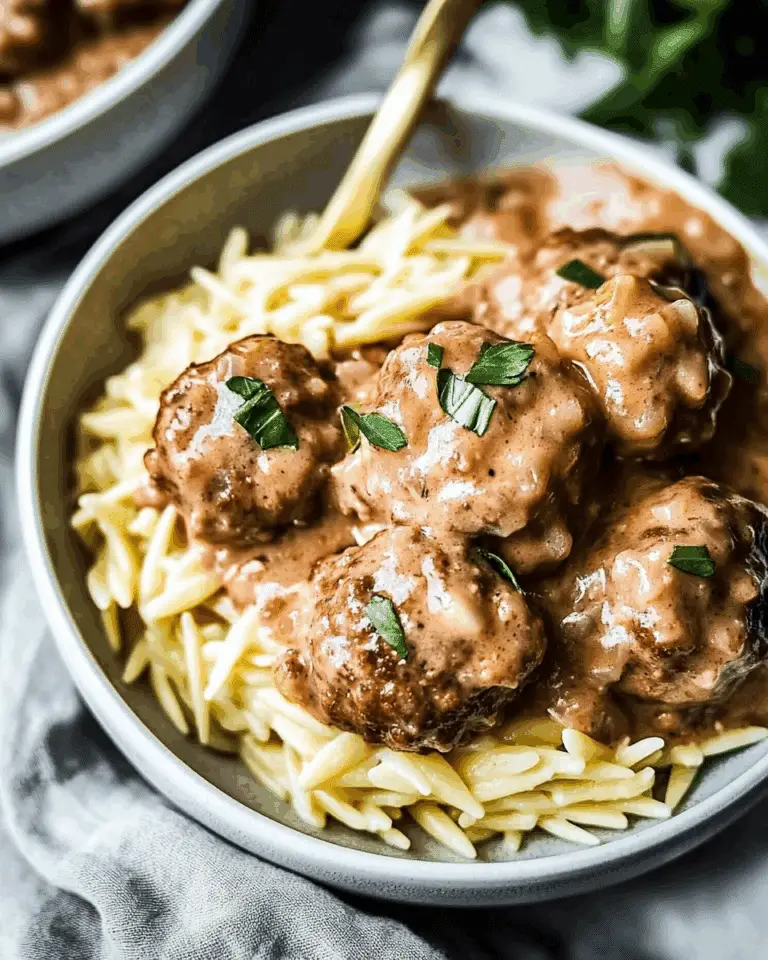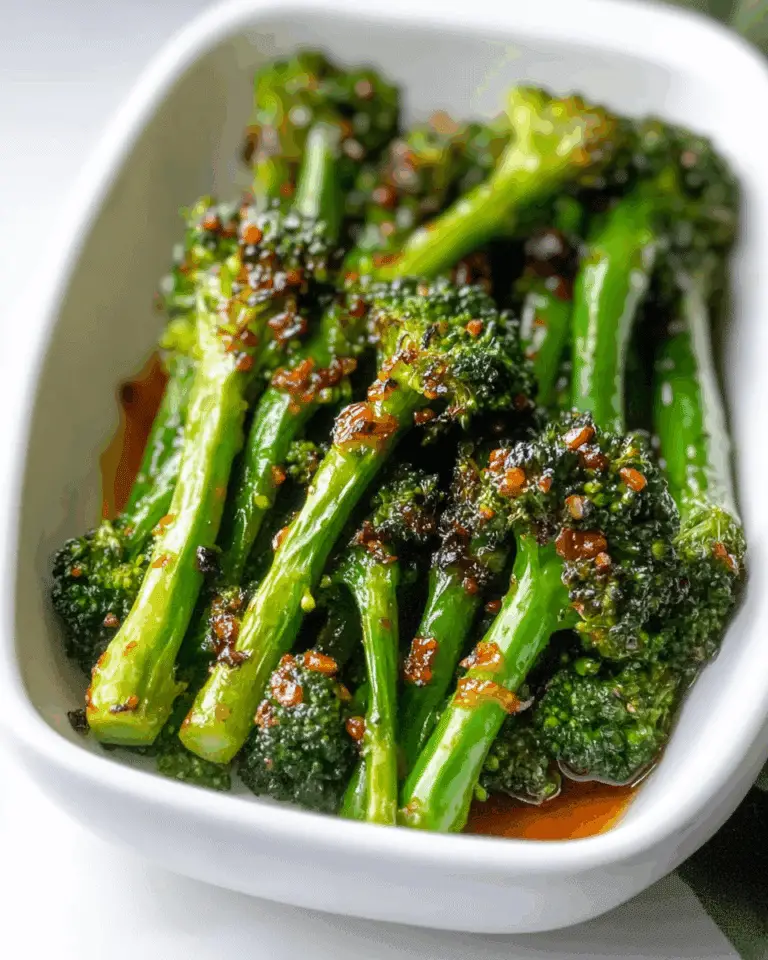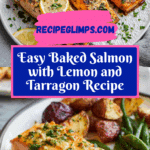If you’ve ever wanted a dish that feels both comforting and special without demanding hours in the kitchen, this Baked Salmon recipe is just the answer. It’s a shining example of how a few simple ingredients can come together to create something truly delightful—moist, tender salmon infused with a bright lemony tang and subtle herbal notes from tarragon. Whether you’re cooking for family, friends, or just treating yourself, this Baked Salmon hits all the marks for a fast, elegant meal that tastes like it took way more effort than it actually did.
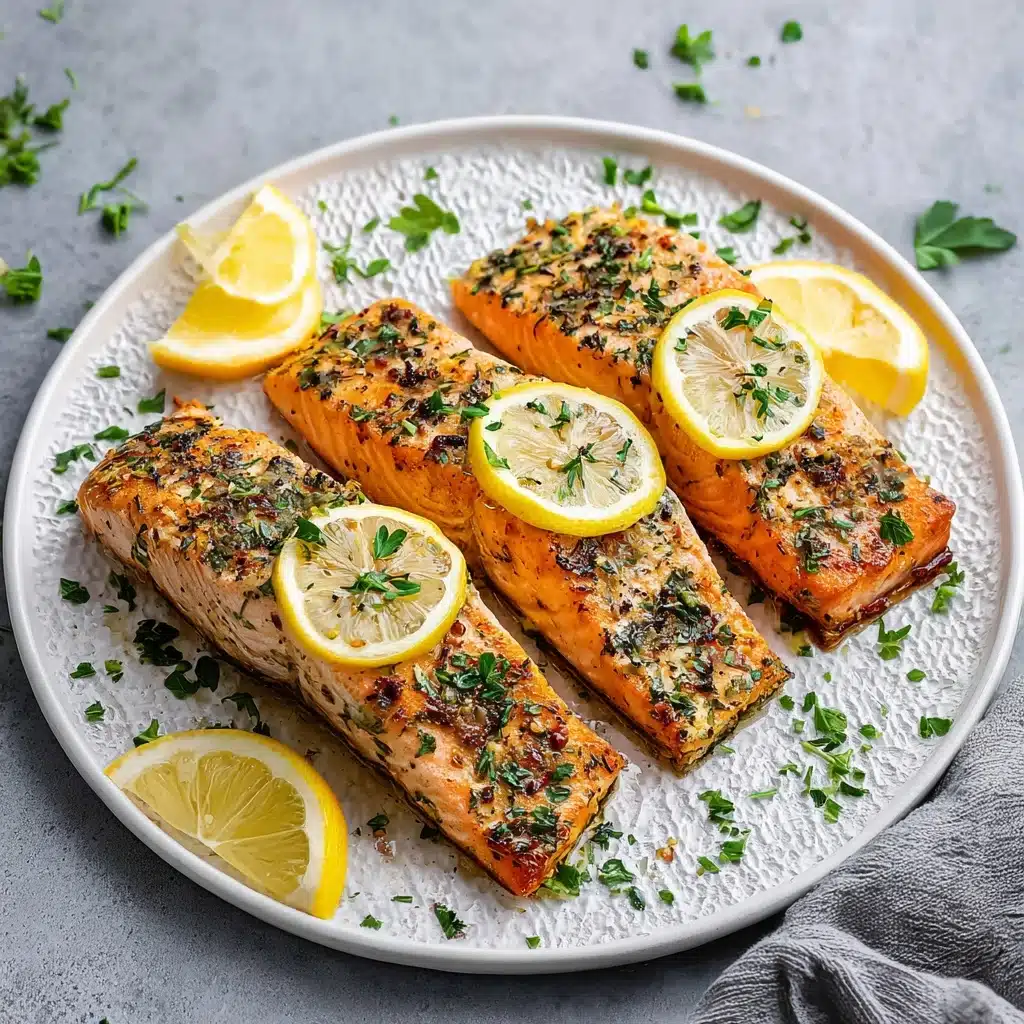
Ingredients You’ll Need
These ingredients are straightforward but each plays an essential role in making this salmon sing. From the richness of melted butter to the fresh zing of lemon juice, every component balances beautifully to enhance the fish’s natural flavor and flaky texture.
- Salmon fillet (2 pounds): Choose fresh, firm fillets for the best texture and flavor.
- Butter (2 tablespoons), melted: Adds a silky richness that keeps the salmon tender and juicy.
- Chicken broth (1/4 cup): Infuses subtle savory notes and moistens the fish as it bakes.
- Lemon juice (2 tablespoons): Brings a fresh, bright acidity that cuts through the richness perfectly.
- Pepper (1/2 teaspoon): Adds a gentle kick without overpowering the delicate fish.
- Dried tarragon (1/2 teaspoon): Introduces a sweet, slightly anise-like flavor that complements salmon beautifully.
How to Make Baked Salmon
Step 1: Prep the Salmon
Start by patting your salmon fillet dry with paper towels to remove excess moisture—that helps the seasonings stick and ensures a nice texture. If you want to serve individual portions, now’s the time to cut the fillet into roughly eight even pieces. Next, lightly grease a 13×9-inch baking dish to keep everything from sticking.
Step 2: Add Butter and Seasonings
Brush the salmon generously with melted butter, coating each piece nicely. This step is key for achieving that luscious mouthfeel and a subtly golden finish once baked. In a separate bowl, combine the chicken broth, lemon juice, pepper, and dried tarragon. Pour this flavorful mixture evenly over the salmon to infuse it with moisture and brightness throughout its cooking.
Step 3: Bake to Perfection
Place your salmon in a preheated oven at 425 degrees Fahrenheit. Bake uncovered for 15 to 20 minutes, depending on the thickness of your fillets. You’ll know they’re done when the fish flakes easily with a fork and looks opaque throughout. This timing yields tender, juicy salmon without drying it out.
How to Serve Baked Salmon
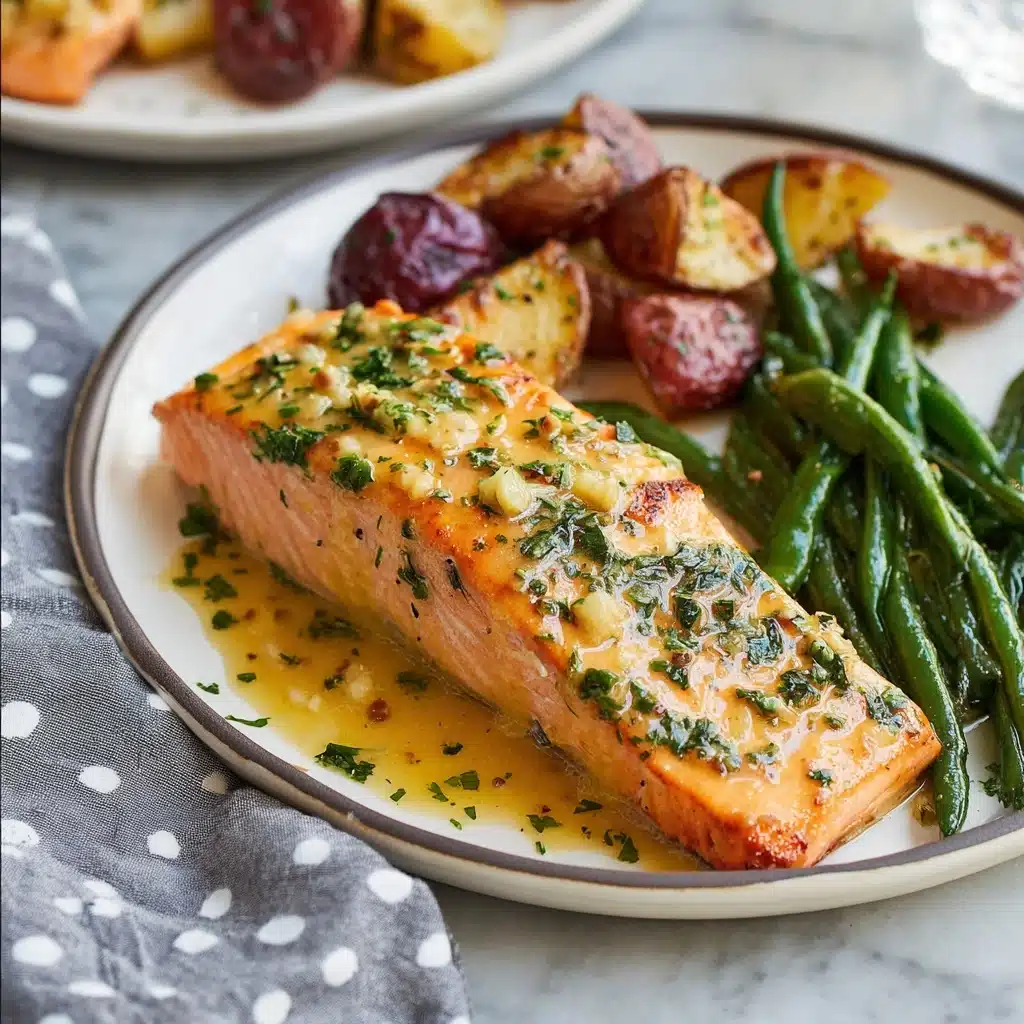
Garnishes
Simple garnishes like freshly chopped parsley or dill elevate this baked salmon with a fresh pop of green and an extra layer of herbal flavor. A few thin lemon slices or a sprinkle of lemon zest brightens the plate visually and aromatically, making every bite irresistible.
Side Dishes
Think light and fresh to complement the rich salmon. Steamed asparagus, roasted baby potatoes, or a crisp cucumber salad make perfect companions. For a warm, comforting plate, pair it with buttery rice pilaf or creamy mashed potatoes to soak up every last bit of those delicious juices.
Creative Ways to Present
Turn your Baked Salmon into a stunning centerpiece by plating it atop a bed of sautéed spinach or quinoa. You can also drizzle a simple dill yogurt sauce or a garlicky aioli for extra flavor notes. Serve family style by placing all portions on a large platter garnished with lemon wedges and fresh herbs for inviting sharing vibes.
Make Ahead and Storage
Storing Leftovers
Leftover Baked Salmon is a gift for quick meals later on. Store your cooled salmon portions in an airtight container and refrigerate for up to 3 days. This keeps the fish moist and flavorful enough for easy lunches or speedy dinners.
Freezing
If you want to keep your Baked Salmon longer, freeze it wrapped tightly in plastic wrap and aluminum foil or a vacuum-sealed bag. Properly stored, it can last up to two months without losing much of its delicious texture and taste.
Reheating
To reheat, gently warm the salmon in a low oven (around 275 degrees Fahrenheit) for about 10-15 minutes, or until just heated through. Avoid microwaving if possible, as it can easily dry out the fish. Adding a splash of water or broth before heating helps maintain moisture.
FAQs
Can I use different herbs instead of tarragon?
Absolutely! Dill, thyme, or parsley can be wonderful alternatives, each bringing its own unique twist to the flavor profile without overpowering the salmon.
Is it necessary to cut the salmon into portions before baking?
Not at all. Cutting before baking is optional and mostly for convenience when serving. Baking the fillet whole works just as well and helps retain moisture.
How do I know when the salmon is perfectly baked?
The best sign is when the salmon flakes easily with a fork and the flesh turns opaque throughout. Overcooking will make it dry, so keep a close eye during the final minutes.
Can I use vegetable broth instead of chicken broth?
Yes, vegetable broth is a fine substitute if you want to keep the recipe pescatarian or prefer a different flavor base.
What if I don’t have fresh salmon? Will frozen work?
Frozen salmon works well too! Just be sure to thaw it completely and pat dry before starting. This prevents excess water from impacting texture.
Final Thoughts
This Baked Salmon recipe is a true example of how simplicity and flavor go hand in hand. I hope you enjoy making it as much as I enjoy sharing it with you. It’s one of those dishes that never fails to impress while keeping things effortless in the kitchen. So go ahead—try your hand at this easy, delicious salmon and watch it become a fast favorite on your dinner rotation.
Print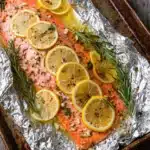
Baked Salmon Recipe
- Total Time: 25-30 minutes
- Yield: 8 servings
- Diet: Low Fat
Description
This baked salmon recipe offers a simple, flavorful way to prepare tender and moist salmon fillets. The combination of melted butter, chicken broth, lemon juice, pepper, and dried tarragon enhances the natural taste of the fish, making it a perfect main course for a quick and healthy dinner.
Ingredients
Salmon
- 1 salmon fillet (2 pounds)
Sauce and Seasoning
- 2 tablespoons butter, melted
- 1/4 cup chicken broth
- 2 tablespoons lemon juice
- 1/2 teaspoon pepper
- 1/2 teaspoon dried tarragon
Instructions
- Prepare the Salmon: Pat the salmon fillet dry with paper towels. If desired, cut the fillet into 8 portions for easier serving and even cooking.
- Arrange in Baking Dish: Lightly grease a 13×9-inch baking dish to prevent sticking. Place the salmon portions in the dish in a single layer.
- Brush with Butter: Using a brush or spoon, evenly coat the salmon pieces with the melted butter to add richness and help keep the fish moist.
- Mix Sauce Ingredients: In a small bowl, combine chicken broth, lemon juice, pepper, and dried tarragon. Stir well to blend all flavors together.
- Pour Sauce Over Salmon: Pour the combined sauce mixture evenly over the butter-brushed salmon in the baking dish, ensuring all pieces are well coated.
- Bake: Place the baking dish uncovered in a preheated oven set to 425°F (220°C). Bake for 15 to 20 minutes or until the salmon flakes easily with a fork, indicating it is fully cooked and tender.
- Serve: Remove from the oven and let it rest for a couple of minutes before serving. Garnish if desired and enjoy your flavorful baked salmon.
Notes
- For firmer salmon, use wild-caught; farm-raised salmon tends to be more tender.
- You can substitute dried tarragon with fresh tarragon or dill if preferred.
- Ensure not to overbake to maintain the salmon’s moist texture.
- Serve with steamed vegetables or rice for a complete meal.
- To make it gluten-free, confirm the chicken broth used is gluten-free.
- Prep Time: 10 minutes
- Cook Time: 15-20 minutes
- Category: Main Course
- Method: Baking
- Cuisine: American
Nutrition
- Serving Size: 1 portion (about 4 ounces)
- Calories: 280
- Sugar: 0.5 g
- Sodium: 180 mg
- Fat: 18 g
- Saturated Fat: 6 g
- Unsaturated Fat: 10 g
- Trans Fat: 0 g
- Carbohydrates: 1 g
- Fiber: 0 g
- Protein: 28 g
- Cholesterol: 70 mg

